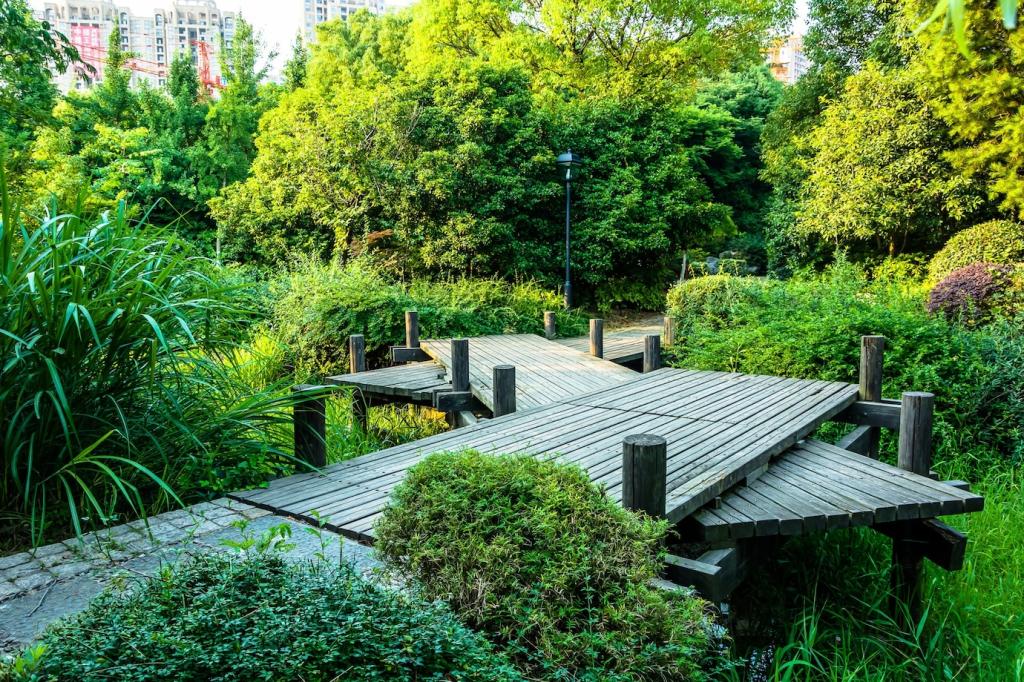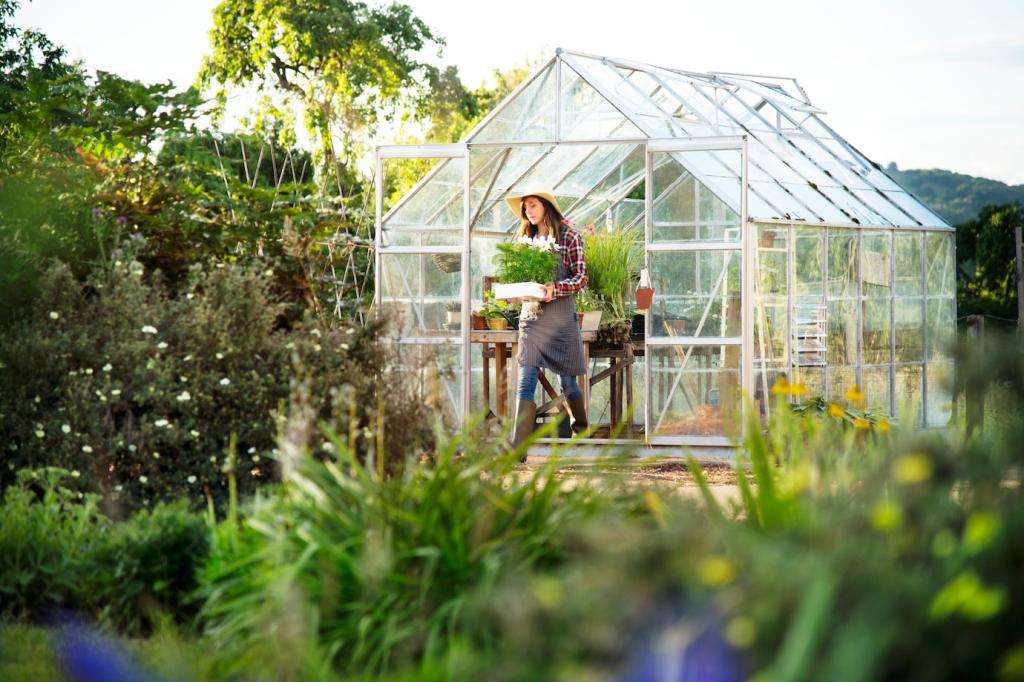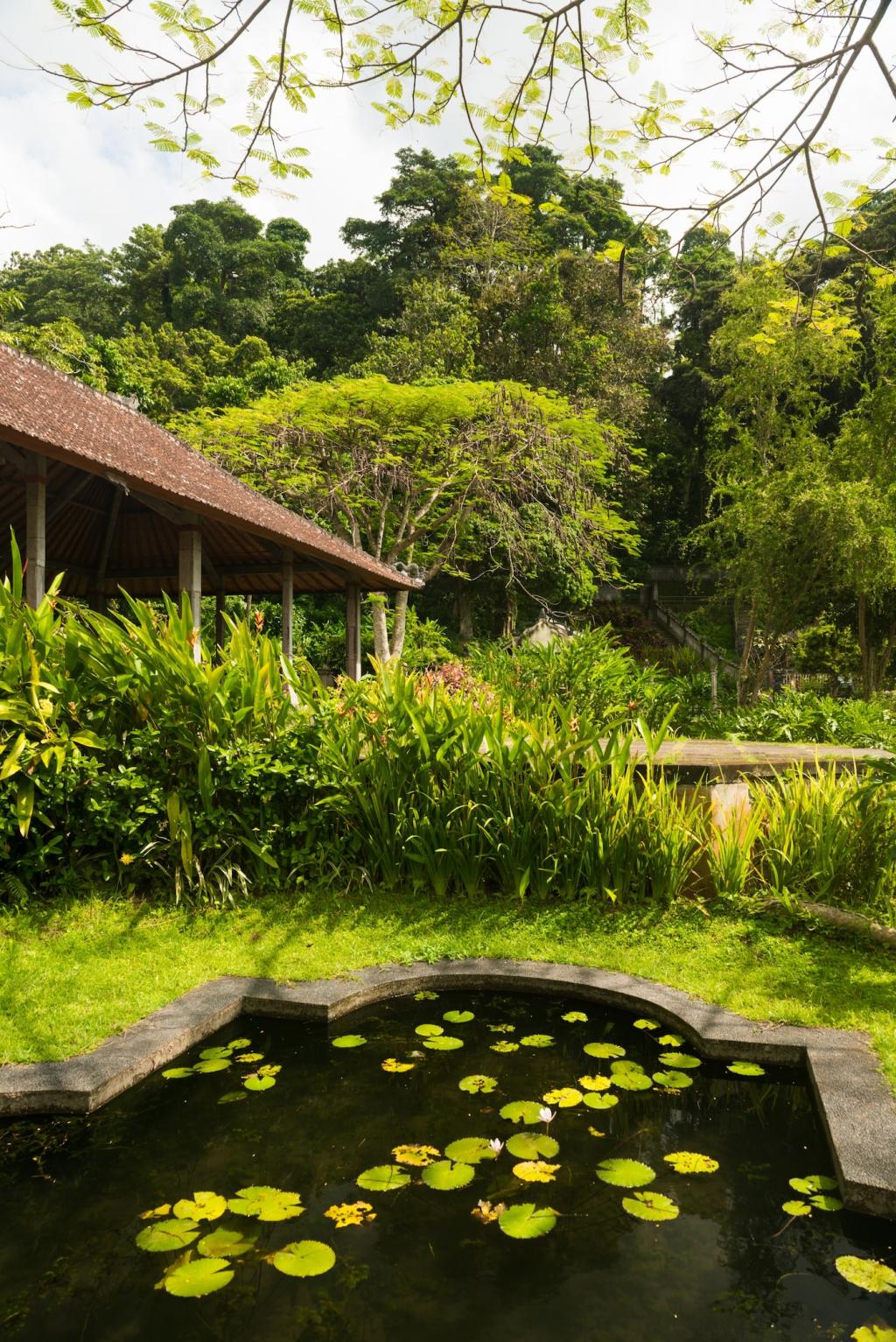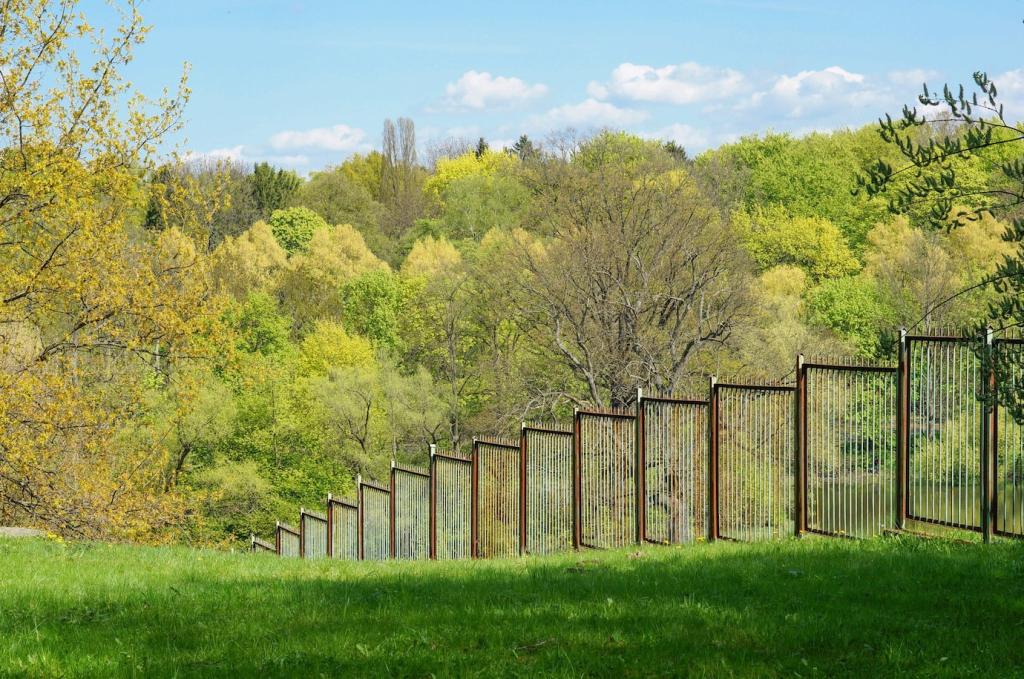This website uses cookies so that we can provide you with the best user experience possible. Cookie information is stored in your browser and performs functions such as recognising you when you return to our website and helping our team to understand which sections of the website you find most interesting and useful.

Eco-Friendly Landscaping Techniques
Eco-friendly landscaping techniques are growing in popularity as homeowners and professionals alike recognize the importance of sustainable outdoor spaces. These methods emphasize reducing environmental impact while nurturing the land’s natural beauty and biodiversity. By incorporating eco-friendly practices, landscapes become more resilient, conserve valuable resources, and foster healthier ecosystems. This page explores a variety of proven methods and innovative approaches to creating landscapes that are both appealing and environmentally responsible. Each section provides deep insights into different aspects of sustainable landscaping, offering practical ideas and guidance to help you transform any outdoor area into a thriving green oasis. Whether you are a novice gardener, a landscape designer, or an enthusiast committed to environmental stewardship, these techniques will inspire and inform your journey toward greener outdoor living.
Soil Health and Composting
Building Soil Structure
Composting at Home
Minimizing Chemical Inputs
Native Plant Selection

Efficient Irrigation Systems
Rainwater Harvesting

Organic Pest Management
Designing Habitat Corridors
Reducing Pesticide Exposure
Planting Diverse Flower Species
Energy-Efficient Landscape Design
Strategic Tree Planting
Utilizing Hardscape Materials Wisely
Passive Solar Landscaping

Meadow and Prairie Gardens

Groundcovers for Every Space


